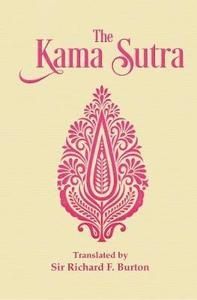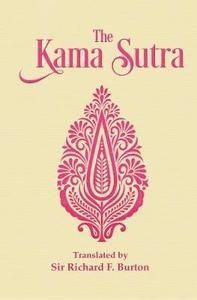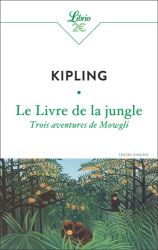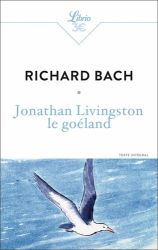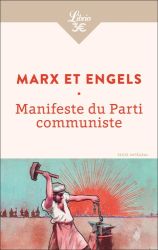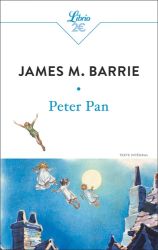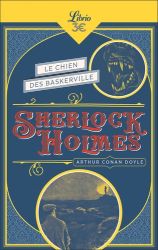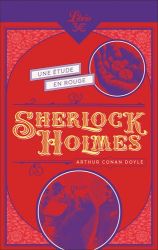The Kama Sutra is the world-famous text on lovemaking and fulfilment in matters of the heart. Originally compiled in the 3rd century AD by Vatsyayana, a celibate monk, it is a window on the social practices and sexual habits of an ancient world. In the 19th century it gained a new lease of life when translated into English by noted linguist Sir Richard Burton, who was determined to bring its perceptive ideas to a Western audience.
The Kama Sutra would have presented a refreshing if shocking alternative to the stodgy marriage advice manuals of the Victorian age. Its basic tenet – that in order for marriages to be happy the participants should be well-versed in the arts of pleasure, both carnal and of the mind – still holds true. And, in spite of a risqué reputation, it is an illuminating, candid, common-sense guide to living a satisfying life.
The Kama Sutra would have presented a refreshing if shocking alternative to the stodgy marriage advice manuals of the Victorian age. Its basic tenet – that in order for marriages to be happy the participants should be well-versed in the arts of pleasure, both carnal and of the mind – still holds true. And, in spite of a risqué reputation, it is an illuminating, candid, common-sense guide to living a satisfying life.

